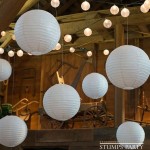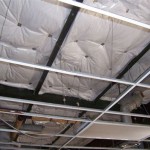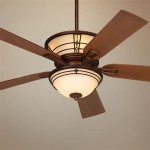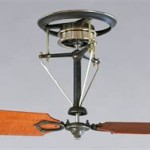How False Ceiling Work
A false ceiling, also known as a drop ceiling or suspended ceiling, is a secondary ceiling that is installed below the main structural ceiling of a building. It is typically composed of various materials such as gypsum boards, metal panels, or wood, and is suspended from the main ceiling using a framework of metal or wood. False ceilings serve various purposes, including aesthetics, insulation, soundproofing, and hiding unsightly elements like pipes and wires.
They are a popular choice for residential and commercial spaces, offering numerous benefits. The process of installing a false ceiling is known as false ceiling work, and it involves several steps, each requiring careful planning and execution.
Key Components of a False Ceiling
A false ceiling comprises several key components, each contributing to its functionality and appearance:
- Ceiling Grid: The grid serves as the structural framework for the false ceiling. It is typically made of lightweight metal or wood, forming a network of intersecting channels.
- Ceiling Tiles/Panels: These are the individual units that make up the visible surface of the false ceiling. They can be made of various materials like gypsum board, metal, or wood, and come in different sizes, shapes, and finishes to suit aesthetic preferences.
- Suspension System: The suspension system suspends the ceiling grid from the main ceiling, allowing for easy access to the space between the two ceilings. It typically involves wire hangers or metal rods.
- Lighting Fixtures: False ceilings provide a convenient surface for integrating lighting fixtures, offering a sleek and modern look.
- Insulation: Insulation materials can be incorporated into the false ceiling to enhance thermal and acoustic insulation, reducing noise and improving energy efficiency.
Understanding the roles of these components is crucial for properly planning and executing false ceiling work.
Types of False Ceilings
False ceilings come in various types, each suited for different purposes and spaces. Some of the most common types include:
- Gypsum Board Ceilings: These are the most common type, featuring gypsum board panels attached to the grid. They are durable, fire-resistant, and can be painted to match various decor styles.
- Metal Panel Ceilings: These are often used in commercial settings, offering a modern and sleek look. They are available in various finishes and can be easily cleaned.
- Wood Panel Ceilings: These are ideal for creating a warm and traditional ambiance. They can be made from various types of wood, offering a unique aesthetic appeal.
- Acoustic Ceilings: These are designed to absorb sound, reducing noise levels in a space. They are often used in offices, theaters, and recording studios.
- Stretch Ceilings: These are made of a fabric or vinyl material that is stretched over a perimeter frame. They offer a seamless finish and can be customized with different colors and textures.
Choosing the right type of false ceiling depends on factors like budget, aesthetic requirements, and the intended use of the space.
Steps Involved in False Ceiling Work
The process of installing a false ceiling involves several steps, each contributing to the final outcome. Key steps include:
- Planning and Design: This involves determining the type of false ceiling, materials used, and the desired aesthetic. It also includes measuring the space and planning the layout of the grid and tiles.
- Preparation: Before installing the false ceiling, the existing ceiling needs to be prepared. This involves cleaning the surface and ensuring it is level and stable.
- Installation of the Grid: The grid system is the foundation for the false ceiling. It is typically made of metal or wood and is attached to the main ceiling using wire hangers or metal rods.
- Installation of Tiles/Panels: Once the grid is installed, the tiles or panels are installed by clipping or locking them into place over the grid.
- Installation of Lighting and Other Fixtures: Lighting fixtures, speakers, or other desired elements are installed into the false ceiling, ensuring proper wiring and connections.
- Finishing: This involves finalizing the appearance of the false ceiling, including painting, applying sealant, or adding decorative elements.
False ceiling work requires specialized skills and knowledge. It is recommended to hire a professional contractor to ensure proper installation and avoid any issues.

Entire False Ceiling Work In 8 Minutes A2z Construction Details

How To Do False Ceiling Tips For A Perfect Look Your Home

Entire False Ceiling Work In 9 Minutes 2024

Method Statement For Suspended Ceiling Installation

Benefits Of Gypsum False Ceiling About

False Ceiling Works In Kerala Gypsum Contractor

False Ceiling Works In Trivandrum Ceilings The Experts

False Ceiling Work In Dubai Which Type Is Perfect For Your Home

Gypsum False Ceiling Work Services Provider In Gujarat

False Ceiling Works In Kochi Ceilings The Experts
Related Posts








